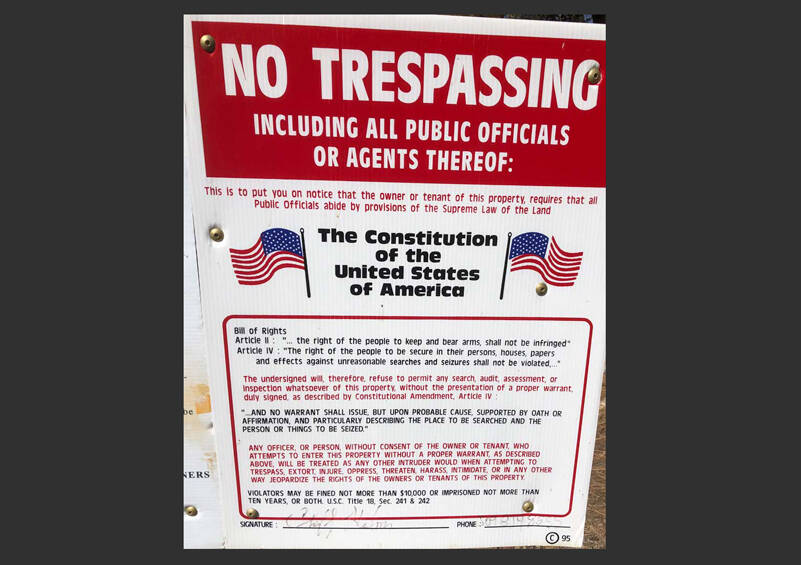By Morf Morford, Tacoma Daily Index
If you travel the world, you quickly discover, if you happen to be from Washington state, that you better not describe yourself from “Washington”. Most of the world does not understand that there are two “Washingtons”.
In international circles, nations are often defined by their capitals; Berlin for Germany or London for Great Britain, for example.
“Washington” is shorthand for the United States, or perhaps the political center point for action or influence on a national, if not global level.
And almost never does the misty, treed, upper-left corner of the USA come to mind.
This might explain why a few not-so-ethical politicians from our state have marketed themselves overseas as being a senator “from Washington”.
But those of us who inhabit this “other Washington” know that not only are there two distinct and separate “Washingtons” – there are three.
Three Washingtons
There is, of course, Washington, D.C. the center of politics power and endless intrigue (and television series and movies, from West Wing to Madame Secretary and many more).
Washington state is about one-tenth the area of Alaska. And, if you happen to explore it, our state has ample resources and space to host at least two distinct states.
And it does.
Both claim the name “Washington”.
But if you’ve experienced this, you know how true it is; there is more than a mountain range that divide us.
Some call it the Cascade curtain.
There’s nothing inherently solid about our passes (except on those relatively rare exceptions when they are closed because of weather, fires, traffic or rock slides).
But different we are – in just about every way.
Khakis and Carhartts
We all wear clothes for different reasons; some for fashion, some for utility and some for comfort.
On the west side, the standard American uniform is ubiquitous; the T-shirt and jeans (or shorts) for men, and most women, is almost required attire for daytime (at least) public activities in almost any town from Orting to Bellingham.
For better or worse, most of Western Washington dresses for comfort.
In Eastern Washington, khakis are the sure sign of an out-of-towner.
Western Washington might feature lots of wind and rain, but Eastern Washington is dense with sharp, pokey things from brambles to pine trees and sharp-edged rocks that would slice though nylon or even denim on the first try.
Indestructible and utilitarian are the two benchmarks for working people on the east side.
And by “working”, I mean physical work – usually outside, often dirty and many times, dangerous
Even on vacation the two types are distinct.
West siders might vacation on the water or slopes of the east side, but they are always noticed by their fashion-oriented, nylon, and mostly expensive gear. Hunting, fishing and all manner of backwoods activities, from camping to gold-mining are popular among Eastern locals, but skiing and long bike rides on thousand dollar bikes are the domain of outsiders.
Welcome to/No trespassing
“No trespassing” signs are relatively rare on the west side – but extremely common on the east side.
Many of those signs hold veiled – or explicit – threats.
The message is clear; we will protect what is ours.
Trucks; toys, trophies or tools
On the west (or wet) side of the mountains, trucks are popular. The vast majority are the smaller variety.
Toyota Tacoma trucks are especially common – even in Seattle.
On the east side of the mountains (not to be confused with “the east side” meaning the Bellevue/Kirkland/Redmond area which is “east” of Seattle but west of the mountains) trucks tend to be far larger, and mostly American made.
On the west side, most trucks gleam and feature the latest gear, apps and add-ons. On the east side, trucks are, in most cases, working companions, showing signs of wear and use.
Dents, scrapes, massive rust spots and peeling paint are the markers of a well-loved (and used) truck on the east side. And, the larger, the better.
Even the mountains are different
On the west side, most of the time, we see our mountains from a distance. We see them at sunsets or sunrises, framing or reflecting the light, usually with snow gleaming in the sun. We go there by choice.
In most of the eastern side, mountains, or their crumbling remnants, are alongside almost every road. Rocks are sharp and jagged. Dust is everywhere. Snakes, rodents and insects all seem united in a vendetta against us.
The natural world, from humidity to the landscape and weather could not be more different from one side to the other.
And most of us wouldn’t have it any other way.
If you have not experienced the full range of activities, vistas and cultural experiences we have within our own state borders, you are certainly missing something.
From islands, to deserts to active and ancient volcanic deposits and fossils, and productive and appealing urban areas, we have it all.
Which one is the “other” other Washington?
There has been talk over the years of splitting our state along the natural line of the mountain range.
We could do that, but both sides would lose.
Even if you never cross the mountain divide, from electricity to jobs to trucks and seemingly endless produce, we are connected far more than most of us will ever know.
One side might be home, but the “other” side holds wonders and marvels of its own.





